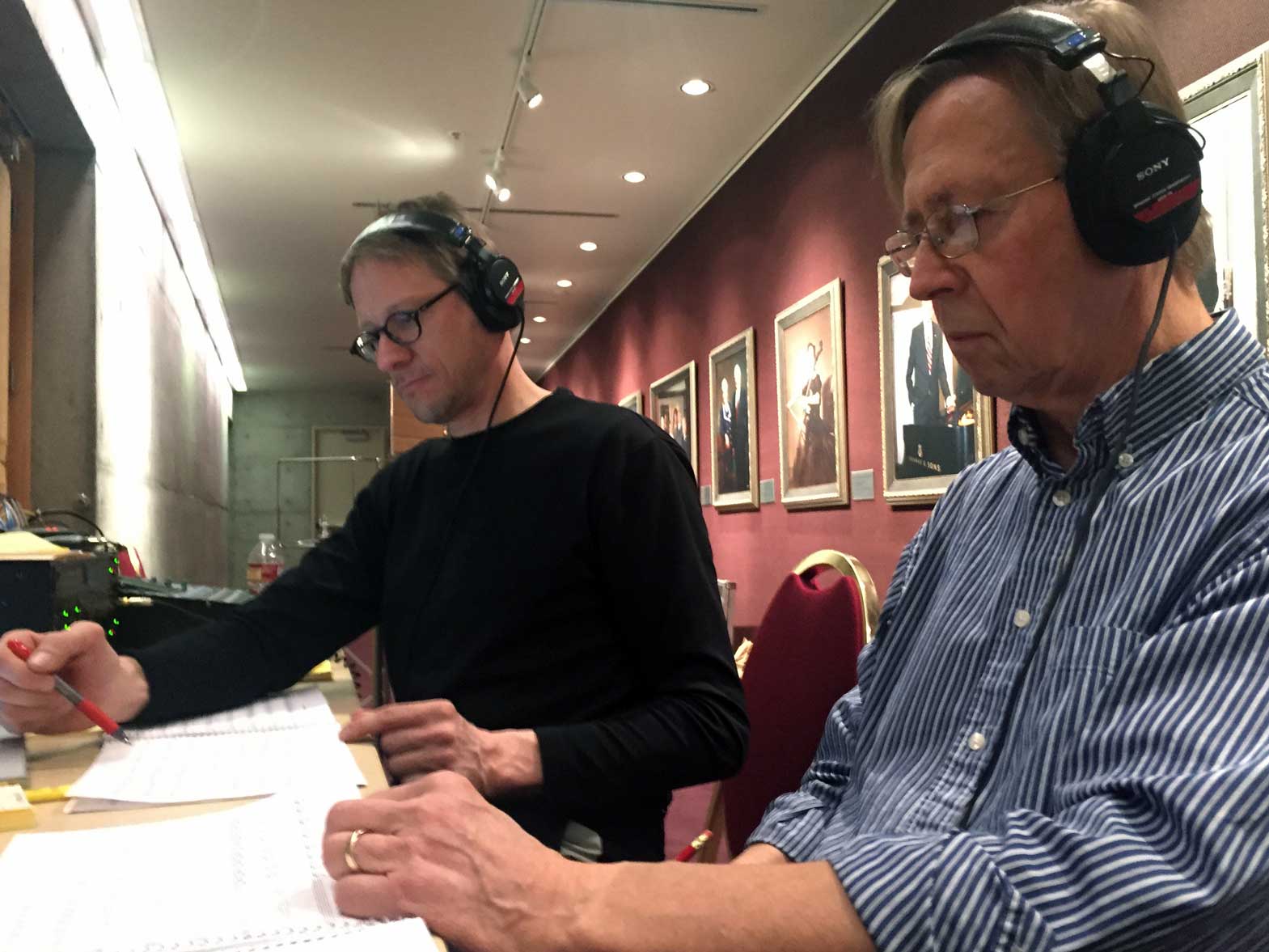The division between “wind ensemble” and “band” is not clearly defined. A wind ensemble can be anywhere from one player on a part up to a total of 60 or even a few more in the ensemble, meaning multiples of flutes, clarinets, trumpets, trombones, and others. For my wind ensemble scores I have consistently indicated that instrumentation should be one-on-part. This is in some ways an abstract ideal. For concertos I do ask that the one-on-a-part indication be respected, although even with these pieces conductors often use more players. For the symphonies and concert pieces widely varying numbers of instruments have been used. The ideal instrumentation for Symphony No. 4, for example, is about 50. It has been performed with as many as 150, and also with the addition (not mine) of a cello section. In more normal circumstances conductors typically use extra clarinets, flutes, trumpets, horns, and maybe a second tuba. I am of the mind that I cannot approve or disapprove any ensemble size without actually hearing whether or not it works. The aim of ensemble performance is for players to become more and more deeply aware of the tone they produce, and how it combines in a living way with all other tones. In general, the more players in an ensemble the greater the difficulty in producing clear tone and good intonation, although I have heard some very fine music making from larger groups. Overall I prefer smaller ensembles to larger, and in any case, expect conductors to use single players where they are specifically called for.

